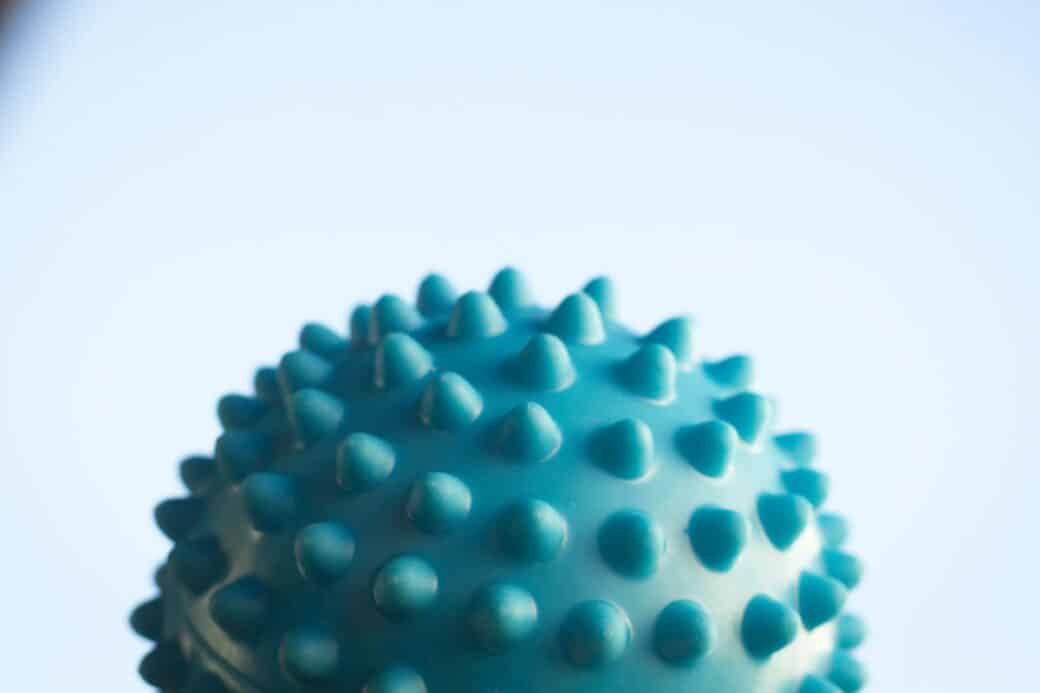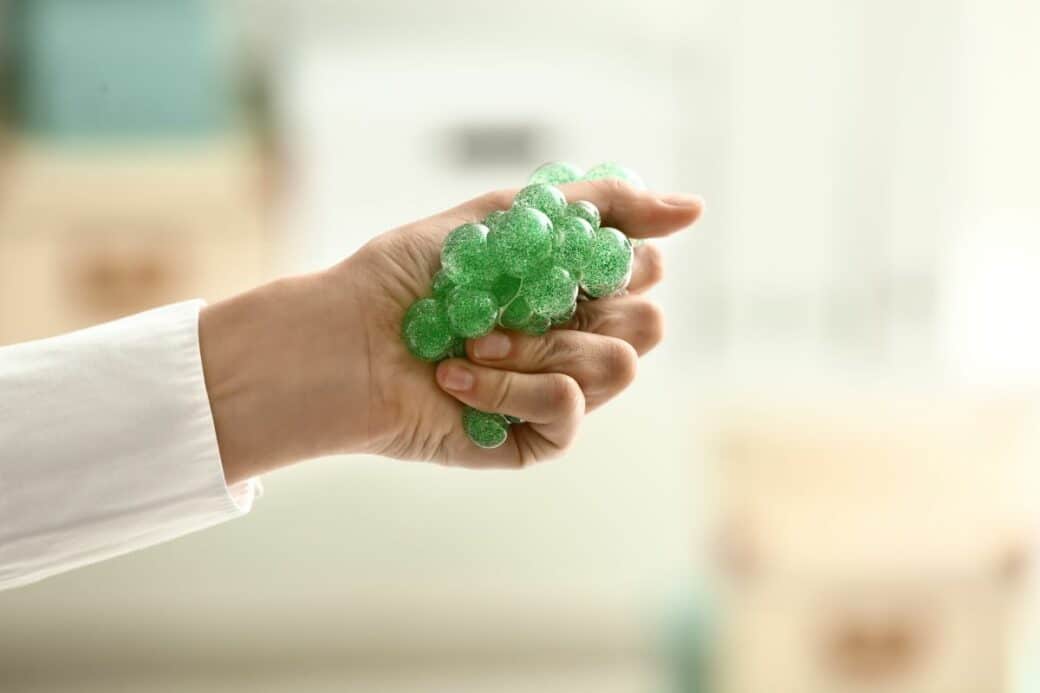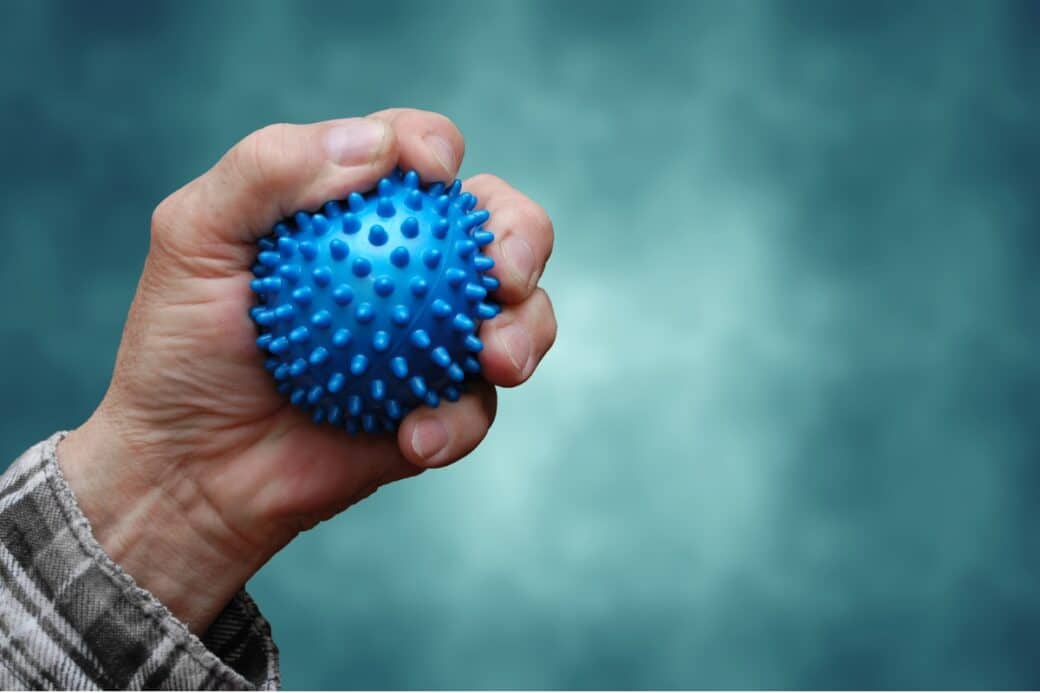Imagine a world where stress doesn’t stand a chance. Picture yourself feeling calm, focused, and in control no matter what challenges come your way. Introducing stress balls sensory, the ultimate solution to help you engage your senses and combat stress. These innovative stress balls are designed to provide a multi-sensory experience, stimulating touch, sight, and even scent to promote relaxation and restore balance in your hectic life. Whether you’re at work, school, or simply unwinding at home, these stress balls are here to help you find your zen. Say goodbye to stress and say hello to a calmer, more centered you with Stress Balls Sensory.

Stress Balls Sensory: Understanding Stress Balls
What are Stress Balls?
Stress balls are small, palm-sized objects that are designed to be squeezed and manipulated with your hands. They are typically made of a soft, pliable material that allows for easy squeezing and stretching. Stress balls come in various shapes, colors, and textures, and are commonly filled with gel, foam, or other malleable substances. These simple yet effective tools have gained popularity in recent years as a means of relieving stress and promoting relaxation.
History and Evolution of Stress Balls
The history of stress balls dates back to ancient times. Similar objects, such as worry stones and Chinese meditation balls, have been used for centuries to promote calmness and reduce anxiety. The modern stress ball as we know it, however, was first introduced in the 1980s. It was initially marketed as a stress-relief tool for office workers who spent long hours sitting at their desks. Since then, stress balls have evolved to cater to different sensory needs and are now commonly used in various settings, including offices, schools, and therapy sessions.
The Science Behind Stress Balls
How Stress Balls Function
Stress balls work on a simple yet effective principle. When you squeeze a stress ball, the muscles in your hand and forearm contract, and tension builds up. As you release the ball, the muscles relax, resulting in a release of tension. This repetitive squeezing and releasing action helps to regulate blood flow, reduce muscle tightness, and increase circulation.
Psychological and Physical Impact of Stress Balls
Beyond the mechanical aspect, stress balls also have psychological and physical benefits. The act of squeezing a stress ball can help divert your attention away from stressful thoughts and provide a sense of calm. It can serve as a physical outlet for pent-up emotions and stress, allowing you to channel your energy in a positive and controlled manner. Additionally, stress balls can promote hand and finger strength, flexibility, and coordination, making them beneficial for physical therapy and rehabilitation purposes.
Stress Balls as a Sensory Tool

Role of Touch and Feel
One of the key elements of stress balls is their tactile stimulation. The texture, temperature, and flexibility of a stress ball can have a significant impact on our sensory experience. The act of squeezing and manipulating a stress ball stimulates the nerves in our hands, providing a sensory input that can be soothing and grounding. The touch and feel of the stress ball can create a calming effect, helping to relieve stress and anxiety.
Stress Balls and Sensory Integration
Sensory integration is the process by which our brains organize and interpret sensory information from our environment. For individuals with sensory processing difficulties or sensory disorders such as autism or ADHD, stress balls can play a vital role. The tactile input from squeezing a stress ball can help individuals regulate their sensory system, promoting a sense of calm and focus. By incorporating stress balls into sensory integration activities, therapists and educators can help individuals improve their attention, self-regulation, and overall sense of well-being.
Types of Sensory Stress Balls
Gel-filled Stress Balls
Gel-filled stress balls are some of the most popular options on the market. They are typically made of a stretchy, transparent material filled with a squishy gel substance. These stress balls provide a unique sensory experience as the gel moves and shifts with each squeeze. They are also visually appealing, with vibrant colors and sometimes filled with glitter or small objects that float within the gel.
Textured Stress Balls
Textured stress balls are designed to provide additional sensory stimulation through their surface textures. They often feature ridges, bumps, or patterns that offer tactile feedback when touched or squeezed. These textures can enhance the sensory experience and provide a more stimulating or calming effect, depending on individual preferences.
Squeeze and Bounce Balls
Squeeze and bounce stress balls offer a dual purpose. They can be squeezed for stress relief, just like traditional stress balls, but they also have a resilient, rubbery material that allows them to be bounced or thrown. These stress balls provide both physical and sensory stimulation, making them suitable for individuals who benefit from a wider range of sensory experiences.
Weighted Stress Balls
Weighted stress balls are designed to provide deep pressure and proprioceptive input. They are typically filled with a heavier substance, such as sand or small pellets, which adds weight to the ball. The extra weight provides a calming effect and can help individuals with sensory processing difficulties feel more grounded and centered.
Benefits of Using Stress Balls
Stress Management
Stress balls are widely recognized for their ability to manage and reduce stress. The act of squeezing and releasing a stress ball can help release built-up tension, providing a therapeutic outlet for stress and anxiety. Incorporating stress balls into your daily routine can serve as a proactive approach to stress management, allowing you to release stress before it becomes overwhelming.
Improvement in Focus and Concentration
Manipulating a stress ball can help improve focus and concentration. The repetitive squeezing and releasing action can help redirect restless energy and improve mental clarity. By engaging your hands and focusing on the sensations of the stress ball, you can enhance your ability to concentrate and stay focused on the task at hand.
Physical Health Benefits
In addition to the psychological benefits, stress balls can also contribute to physical well-being. Regular use of stress balls can help improve hand and forearm strength, flexibility, and coordination. The act of squeezing can promote blood flow and circulation, relieving muscle tension and stiffness. Furthermore, using stress balls can help prevent and alleviate repetitive strain injuries, such as carpal tunnel syndrome, by providing an opportunity to stretch and exercise the muscles in your hands and fingers.
Stress Balls and Mental Health
Role in Anxiety Reduction
Anxiety is a common mental health concern, and stress balls can be a helpful tool in managing anxiety symptoms. The gentle, rhythmic squeezing motion can provide a soothing and calming effect, reducing feelings of worry and unease. By incorporating stress balls into relaxation techniques, such as deep breathing and mindfulness exercises, you can enhance their anxiety-reducing benefits.
Influence on Mood and Emotions
The act of squeezing a stress ball can stimulate the release of endorphins, which are chemicals in the brain that promote feelings of happiness and well-being. The physical sensation of squeezing can serve as a distraction from negative thoughts and emotions, allowing you to shift your focus to the present moment. Stress balls can also be used as a tool for self-soothing and emotional regulation, providing a healthy and accessible outlet for processing and managing emotions.
Stress Balls in Different Environments
Stress Balls in Office Working Environment
Office environments can be highly stressful and demanding. Incorporating stress balls into the workplace can help create a more relaxed and productive atmosphere. Employees can use stress balls during moments of stress or as a way to take short breaks and refocus their attention. The discreet nature of stress balls allows individuals to use them without disrupting their work or colleagues.
Stress Balls in Educational Settings
In educational settings, stress balls can play a valuable role in promoting focus and concentration among students. They can be particularly beneficial for students with attention difficulties or learning disabilities. By providing stress balls as a sensory tool, educators can support students’ self-regulation and engagement in the learning process. Stress balls can be used during study sessions, exams, or simply as an effective tool for relaxation during breaks.
Stress Balls for Therapeutic Use
Stress balls have long been used in therapeutic settings to help individuals manage and cope with various physical and emotional challenges. Therapists and counselors across different disciplines, including occupational therapy, physical therapy, and mental health counseling, may incorporate stress balls into their interventions. They can be used to promote relaxation, improve fine motor skills, support sensory integration, and provide an outlet for emotional expression.
Creating a DIY Sensory Stress Ball
Materials Needed
To create your DIY sensory stress ball, you will need the following materials:
- Balloons (preferably strong and durable)
- Filling material (e.g., flour, rice, or cornstarch)
- Funnel or spoon for filling
- Scissors
Step-by-Step Guide
- Begin by selecting a balloon and stretching it gently to make it more pliable.
- Attach the funnel to the opening of the balloon or create a small funnel using a piece of paper.
- Carefully pour the filling material into the balloon using the funnel or spoon, leaving enough room for the balloon to be tied securely.
- Slowly remove the funnel and release any excess air from the balloon.
- Securely tie the opening of the balloon to prevent any spillage.
- Trim any excess balloon material to achieve the desired size and shape.
- Your DIY sensory stress ball is now ready to be squeezed and enjoyed!
Safety Precautions
When creating and using DIY sensory stress balls, it is important to keep safety in mind. Ensure the materials used are non-toxic and pose no risk of harm if accidentally ingested. If you experience any discomfort or allergic reactions while using the stress ball, discontinue use immediately.
Choosing the Right Sensory Stress Ball
Understanding your Sensory Needs
Before choosing a sensory stress ball, it is essential to understand your individual sensory needs. Are you seeking a stress ball for relaxation, hand strength exercises, or sensory integration purposes? Identifying your specific goals will help guide your decision-making process and ensure that the stress ball you choose aligns with your needs.
Factors to Consider when Purchasing Sensory Stress Balls
When purchasing a sensory stress ball, consider the following factors:
- Texture and feel: Determine if you prefer a smooth surface or a more textured one that provides additional sensory input.
- Size and shape: Choose a stress ball that fits comfortably in your hand and allows for easy manipulation.
- Fillings and weight: Consider the filling material and weight of the stress ball. Gel-filled balls offer a squishy sensation, while weighted balls provide deep pressure.
- Durability: Select a stress ball that is made of high-quality materials and is designed to withstand frequent squeezing without tearing or bursting.
By considering these factors, you can find a sensory stress ball that best meets your needs and preferences.
Challenges and Solutions
Potential Issues with Stress Balls
While stress balls can be beneficial, there are a few potential issues to be aware of. Overuse of stress balls can lead to muscle fatigue or strain. It is important to use stress balls in moderation and listen to your body’s signals. Additionally, some individuals may have allergies or sensitivities to certain materials used in stress balls. Always read the product information and choose stress balls made of hypoallergenic materials if necessary.
Troubleshooting Common Problems
If you experience any discomfort or pain while using a stress ball, it is important to evaluate the source of the issue. Ensure that you are using the stress ball correctly, and if necessary, adjust your technique or the intensity of your grip. If problems persist, consult with a healthcare or occupational therapy professional for personalized guidance.
Maintaining and Cleaning Your Stress Ball
To maintain the cleanliness and prolong the lifespan of your stress ball, it is essential to keep it clean. Regularly wipe the surface of the stress ball with a damp cloth or use mild soap and water for a deeper clean. Allow the stress ball to air-dry completely before using it again. Avoid exposing the stress ball to extreme temperatures or leaving it in direct sunlight, as this can cause damage or deterioration. Regularly inspect your stress ball for any signs of wear and tear and replace it if necessary.
In conclusion, stress balls are more than just simple toys. They offer a wide range of benefits, from stress relief to improved focus and concentration, and can be used in various environments, from offices to educational settings and therapeutic interventions. Whether you choose a store-bought stress ball or create your DIY version, these handy tools can help engage your senses, reduce stress, and promote overall well-being. So, the next time you find yourself feeling overwhelmed or in need of a calming break, reach for a stress ball and give your senses a soothing treat.




